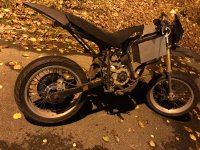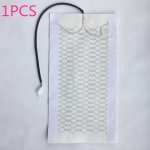docwae I think it would be great if you can move your cycle life measurement results to the first post in new topic?

I will add general/well known comments to his results. At first, I can confirm that this results are in line with my measurements.
The first parameter which have a huge impact on cycle life is used average DoD window. This test setting 60-70% of average DoD window lies on the edge as we say in Czech "where the grain is separated from the chaff". It means that almost all cells on the market will "do the job" under this conditions. If you will go further down to 50% DoD, the difference between cells in capacity fade/DCIR rise almost disappear. But if you go to higher average DoD window, you will clearly see the huge diferences in both cycle life aspects between cells even in the same category. I am trying to say that you can operate for example LG M36 at 80% average DoD (and even 100% DoD is not an issue for this particular cell) and still expect better results than Sanyo GA operated at 60% average.
The second parameter which have a huge impact on cycle life is charge rate. For example 1A, which uses docware in his tests is equivalent to ca 0.3-0.4C charge rate and should be marked as very conservative (but it is close to the daily average for traction batteries). As I previously say that I do not like generalization, I can say that the Panasonic/Sanyo production line in 18650/21700 does have significant problem with CC continuous charge rate higher than 0.3C, where the LG chem equivalent production line does not show significant difference between 0.3C and 0.5C charge rate.




